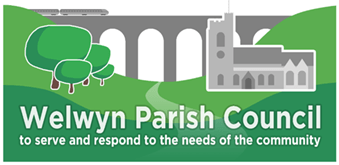Why do we need a Neighbourhood Development Plan ?
There are several reasons:
A NDP declares our wishes and can be used by developers and others to shape our area in the way we would prefer. Without a plan we have no formal way to articulate those ideas and intentions.
Plans must be taken into consideration when developments are being determined. There are numerous examples where a Neighbourhood Plan has been the reason a development has been denied as it was contrary to the approved plan. If you don’t have a “made” plan, you can’t raise such objections as you can when you do have a “made” plan.
A Parish Council with a “made” Neighbourhood Plan can claim an enhanced amount of money (25%) from the Community Infrastructure Levy. This levy was officially introduced on 6th April 2010 by the Community Infrastructure Levy Regulations 2010, although it was initially established under the Planning Act 2008. It was devised as the Labour Government’s preferred method of obtaining finance from developers for new ‘local infrastructure’. This meant it could be spent on anything to benefit the local area, including safer road schemes, flood defences, schools, hospitals and other health and social care facilities, local parks, green spaces and leisure centres. Experts estimated it could raise an additional £1 billion a year. Without an approved plan a Parish Council can claim only 15%. That was the situation in our case until, in March 2025, WHBC decided that irrespective of whether a parish had an extant NP, the allocation of CIL monies would be 25%. Although this removes a major financial incentive to produce a NP, the other reasons still apply and so WPC is continuing to pursue the delivery of its NP, through to the status where it is “made”.
How Much is the Community Infrastructure Levy?
Community Infrastructure Levy is calculated on the total floor space of a development. Borough Councils set their own rates (subject to approval by an independent inspector) so the charges vary depending on where you are building. The details of the Welwyn Hatfield CIL Charging Schedule (approved by the Council in March 2025) can be downloaded from here.
What is the Difference Between Community Infrastructure Levy and Section 106?
Community Infrastructure Levy is often confused with Section 106, or mistakenly taken to be the same thing. Community Infrastructure Levy is a tariff based system designed to cover the costs of all local infrastructure needs and is far more flexible in terms of what it can be used to fund, than s106 funding.
